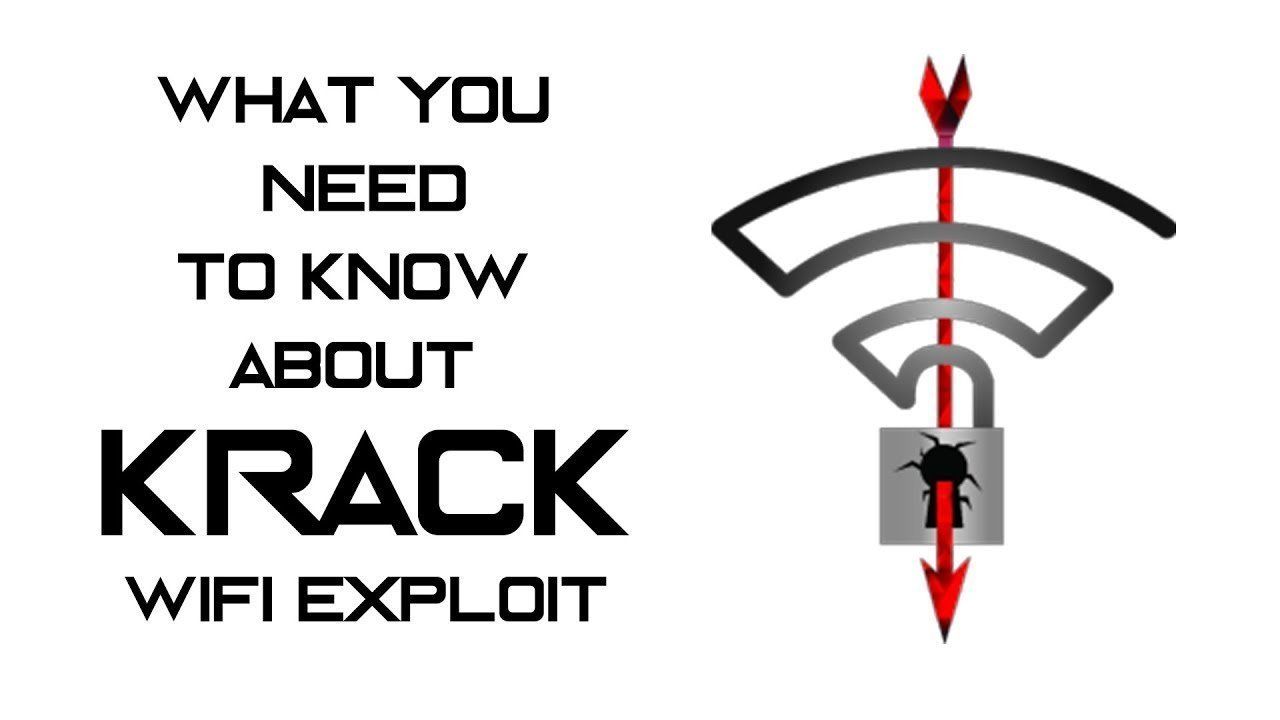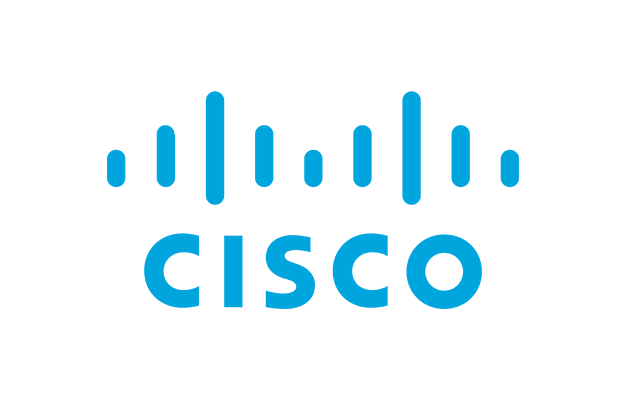WHAT YOU NEED TO UNDERSTAND ABOUT THE 'KRACK' WI-FI BREACH!
An announcement was made this week that there was a major breach in WPA2-- the protection criterion that secures all modern-day Wi-Fi networks. What follows is a brief review of what exactly goes to risk below, who's most at-risk from this vulnerability, as well as exactly what companies and people can do concerning it.
Short for Wi-Fi Protected Access II, WPA2 is the security procedure made use of by a lot of networks today. Researchers have found and released an imperfection in WPA2 that enables any person to crack this security design and also steal information moving between your wireless devices and the targeted Wi-Fi network, such as passwords, chat messages as well as photos.
Krack works against all protected Wi-Fi networks. Depending on the network arrangement, it is also feasible to control data. "For instance, the attacker may be able to infuse ransomware or various other malware into websites. The weak points remain in the Wi-Fi itself, as well as not in products or executions. As a result, any type of all WPA2 is most likely affected.
What that suggests is, the vulnerability possibly impacts a vast array of tools including those running operating systems from Android, Apple, Linux, OpenBSD and Windows.
As scary as this attack sounds, there are numerous mitigating variables at play. To begin with, this is not an attack that can be managed remotely: An attacker would need to be within range of the wireless signal between your devices and a nearby wireless access point.
More urgently, most sensitive communications that might be obstructed these days, such as interactions with your banks or searching email, are most likely currently shielded end-to-end with Secure Sockets Layer (SSL) file encryption that is different from any kind of security added by WPA2-- i.e., any connection in your internet browser that starts with "https://".
Additionally, the announcement about this
safety and security breach was held for weeks in order to provide Wi-Fi equipment suppliers an opportunity to generate security updates. The Computer Emergency Readiness Team has a running checklist of equipment vendors that are known to be impacted by this, as well as links to available advisories and also patches.
“There is no evidence that the vulnerability has been exploited maliciously, and Wi-Fi Alliance has taken immediate steps to ensure users can continue to count on Wi-Fi to deliver strong security protections,” reads a statement published today by a Wi-Fi industry trade group. “This issue can be resolved through straightforward software updates, and the Wi-Fi industry, including major platform providers, has already started deploying patches to Wi-Fi users. Users can expect all their Wi-Fi devices, whether patched or unpatched, to continue working well together.”
Appears great, however, in practice, a great lots of products on the CERT checklist are presently marked "unidentified" whether they are vulnerable to this problem. I would expect this checklist to be updated in the coming days and also weeks as more details can be found in.
Some readers have asked if MAC address filtering system will safeguard against this assault. Every network-capable tool has a hard-coded, one-of-a-kind "media gain access to control" or MAC address, as well as many Wi-Fi routers, have a feature that allows you just allow access to your network for defined MAC addresses.
However, since this attack compromises the WPA2 protocol that both your wireless devices and wireless access point use, MAC filtering system is not an especially effective deterrent against this attack. Likewise, MAC addresses can be spoofed fairly conveniently.
Those most at risk from this vulnerability are organizations that have actually refrained from doing a great task separating their cordless networks from their enterprise,
wired networks.
I don't see this ending up being a significant threat to the majority of users unless and also until we begin seeing the schedule of easy-to-use attack devices to exploit this imperfection. Those tools could emerge faster rather than later on, so if you're extremely concerned that this strike will impact you, better to be safe than sorry, perhaps the most effective technique in the short run is to link any type of tools on your network to the router through an ethernet cable television (presuming your gadget still has an ethernet port).
Lingows can help as well so feel free to give us a call 720-378-8970.
From reading the advisory, it shows up that one of the most recent variations of Windows as well as Apple's iOS are either not at risk to this defect or are just revealed in very details situations. Android devices, on the other hand, are most likely to require some patching, and soon.
If you see that a CERT advisory update is available or your computer, wireless device or desktop or wirless access point, make sure to review and the instructions on updating those gadgets prior to updating. Failing to do so can result in expenses and unusable devices.
Lastly, consider surfing the Web with an extension or browser add-on like HTTPS Everywhere, which requires any kind of website that sustains https:// links to encrypt your communications with the Web site-- regardless of whether this is their default for that site or not.







































